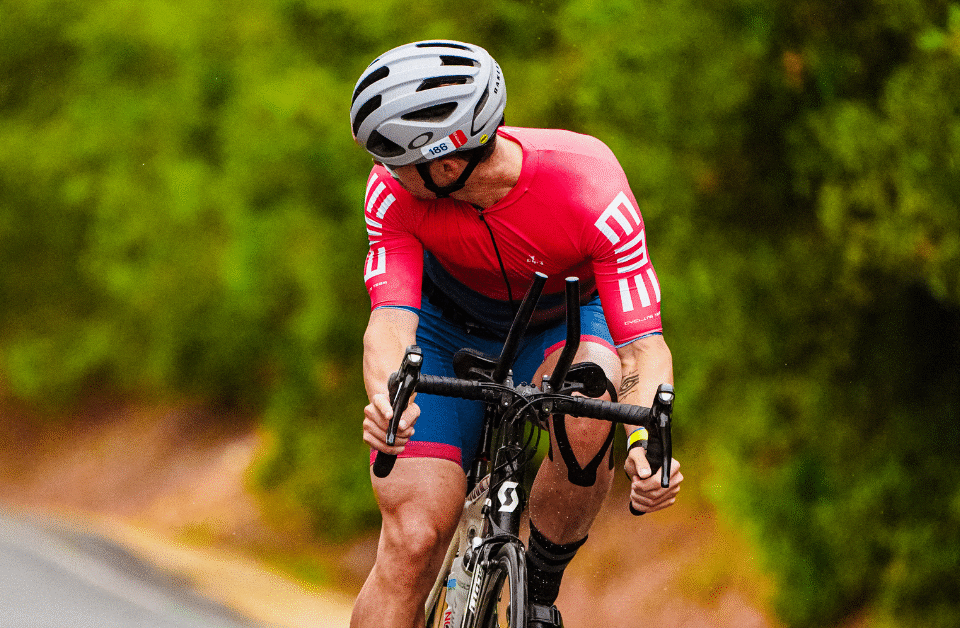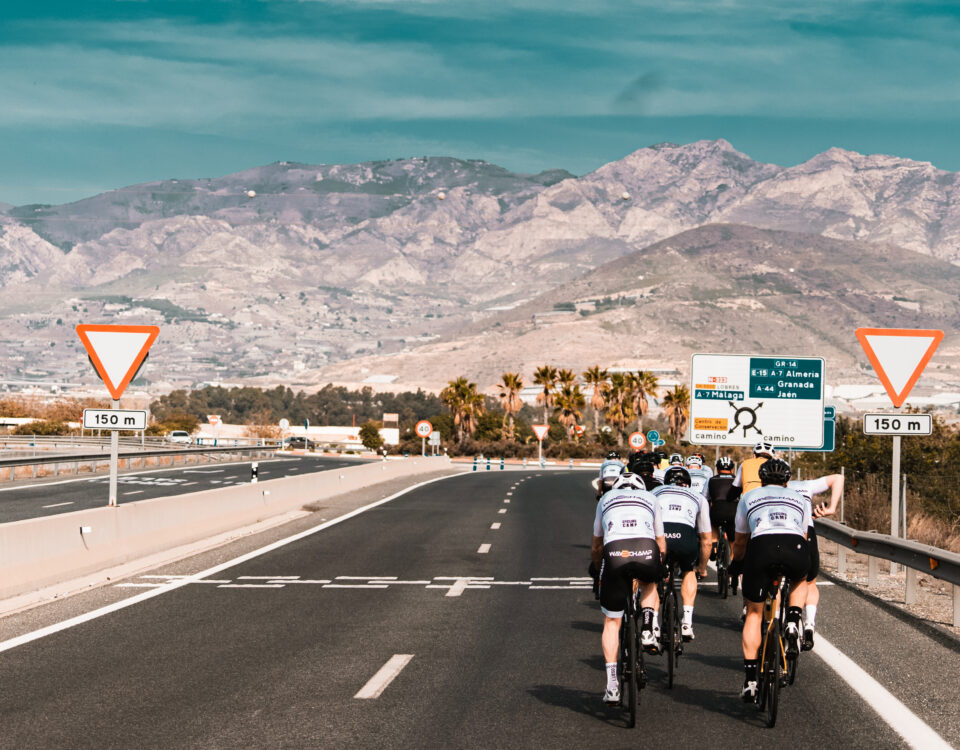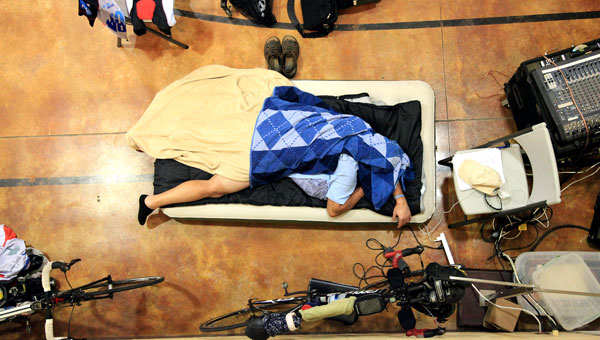
Sleep and cycling. How to combine them if you are an amateur athlete
13 September 2017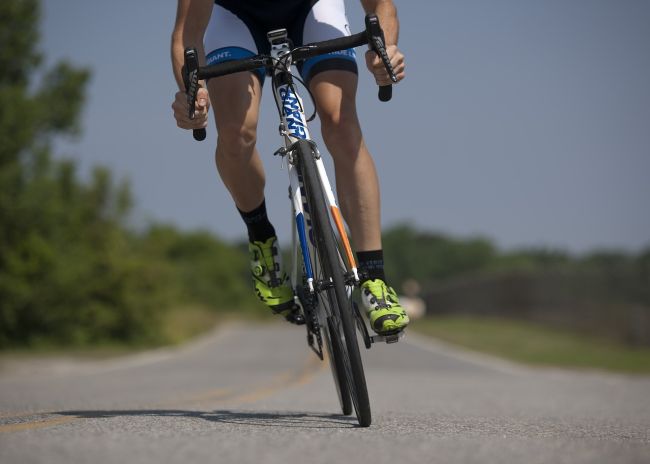
The primary muscles in cycling – the pedaling cycle
13 September 2017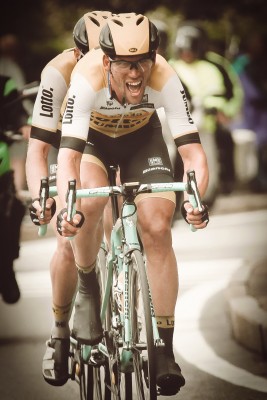
I was recently training with a friend who once was a local example of perfect shading – lived a vein of heat, showed as much fat on the stomach as me on my forehead, etc.
Today, he can “boast” 10 kilos overweight and does not remember when this change happened. It is possible to improve the shape, but …
The changes we do not want usually take place slowly and depend on the small decisions we make every day. Letting go of training or two, sleep shorter than usual, another cake or another glass of wine for supper. These innocent habits change our bodies in a way we cannot even imagine over months and years. I put together 7 most common practices that destroy our shape. We are talking here, of course, about those cycling enthusiasts who care about becoming better and stronger. If you are a person who cares only for the pure riding pleasure without a sense of progress, you probably will not get much reading this text, although I fully respect your approach.

1. Emotions over progress
Many workouts hurt and require sacrifice. The promise that you will get into shape without work and commitment is a fantasy. If you want to feel the pleasure when you ride a bike, every time you ride a bike, you will not improve. It’s similar to life.
Improvement occurs when we exceed our limits, the body gets used to it, and we go further.
METHOD OF IMPROVEMENT: Old methods give old effects – give up the comfort zone, at least for a part of the workouts, because it is a crucial aspect of growth.
2. A gradual drop in enthusiasm
The initial excitement about training, completing each unit in 100%, all that sometimes turns into letting go. We stop pedaling as strong in the last seconds of the interval, we only prolong the regeneration break for a moment, postpone the power test for the 5th time or spend more time in the lower zones than recommended.
Over time, this translates not only into a drop in form but above all to a decrease in self-confidence and a decrease in self-esteem. We are not fair to ourselves, so our brain reacts accordingly – it reduces our perception of ourselves! That’s why if we’re taking on something, it’s better to do it thoroughly than give it a lick and a promise. It is not about the effects (although they are also important), but about what the lack of results does to our self-esteem. I suggest you take a look at some psychological websites, but the most important thing is that we can not allow it for our good.
METHOD OF IMPROVING: If you are starting on something, it is better to engage fully than give it a lick and a promise.
3. Delaying getting out of bed
Seemingly a topic entirely unrelated to training. In the end, how snoozing your phone for the third time in a row is supposed to affect your training? Well, it affects it and stronger than we think.
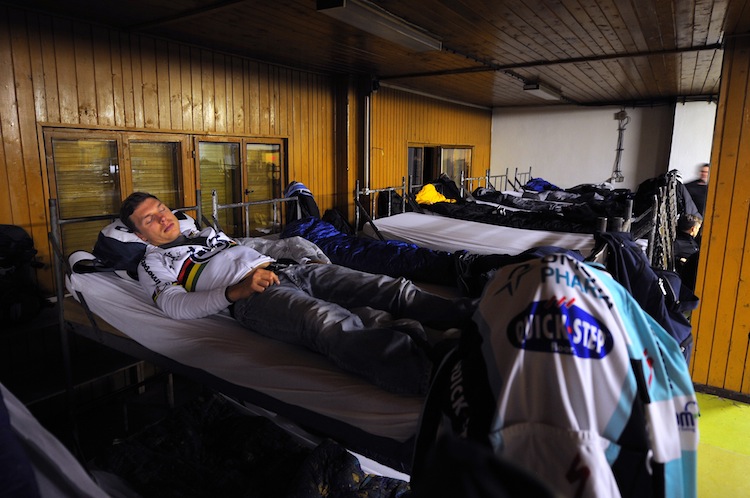
Cycling : Team OPQS / Team building camp 2013
Tony MARTIN (Ger)/
Omega Pharma Quick Step (Bel)/
Team Building season 2013 / Equipe Ploeg /(c)Tim De Waele
When we set the alarm clock in the morning, because, for example, we planned to do the training before work, and we will not do it, then our physical and mental form loses. Often, letting go of such training causes either weaker training in the afternoon/evening or letting go of it at all. This, in turn, leads to demotivation (no effects due to the lack of correct/regular training).
IMPROVEMENT METHOD: Do most of the workouts when you have planned them.
4. Disregarding the diet
Another coffee cake, a burger after 10 pm, the second glass of wine for dinner, too little drinking/eating during workouts, forgetting to buy the supplements that you ran out of 3 weeks ago – all this makes our body and mind lumber and less and less efficient.
This translates into a decrease in efficiency (higher level of body fat and decreased efficiency of the nervous system) and a related decrease in motivation for further work.
METHOD OF IMPROVEMENT: Change your way of thinking about food. Choose meals that make you feel good AFTER eating, not only DURING eating.
5. Too serious approach to training
On the other hand, we all know someone who is very serious about his training. He will never eat lunch with non-sports friends; he will attend a group workout, he looks down at the riders with a more liberal way of life.
In this case, their performance will also not grow – despite perfect training, diet and regeneration tasks. In such a radical approach, we usually lose all the pleasure and ordinary fun associated with cycling. Of course, doing heavy workouts at the right intervals is very important, but we need to keep a certain balance. Spontaneous riding with a friend/group from time to time will not destroy our form, and thanks to the cooperation with a coach we will know what to do to get back on track. Additionally, he will give us this extra motivation for the race, which often determines the difference between the podium and the 23rd place.
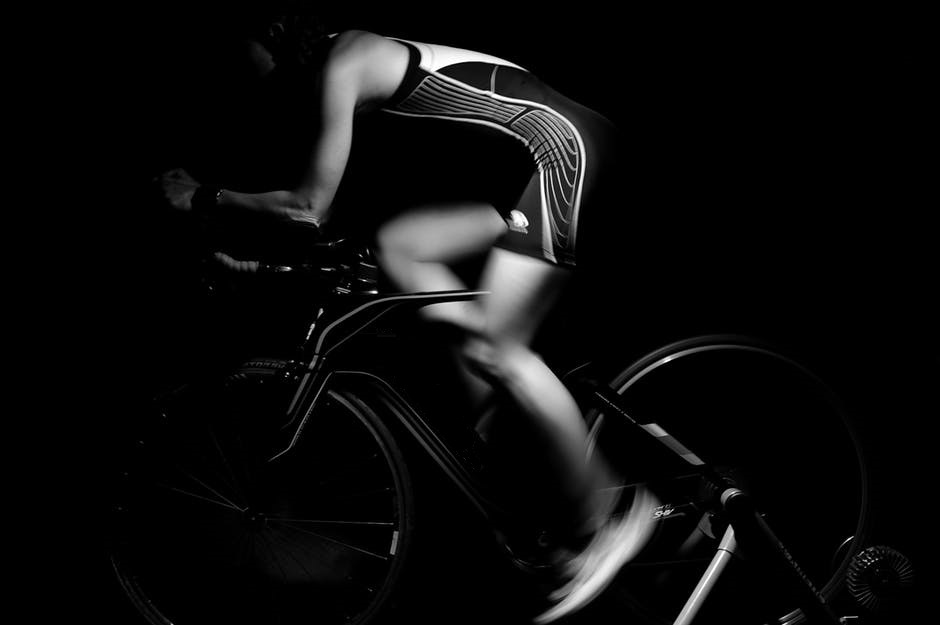
This applies especially to athletes over 40, who often want to find their past youth in a professional approach to sports. Let’s face it – in this case, we are racing only for passion, our development and sense of competition. Therefore, the obsessive attitude just destroys our families and us. Here again, working with a coach helps us find a balance, identify the elements that still need some extra work (e.g., too little time for recovery and too much hard training, leading to burnout) and again feel the fun of riding and gradually improving our performance.
METHOD OF IMPROVEMENT: chizzle, try to work with a coach if you have such opportunities, try catching the joy of cycling once again.
6. Too much training in a group
The first and most important principle of training in every sports discipline is:
individualization
If we want to improve, and we do the same for many years/months (training in the same group, at the same distances and speeds, competing in the same races, using the same tactics in races), then we will also have the same level of shape. As a result, we work a lot, but almost not at all in developing our strengths.
THE IMPROVEMENT METHOD: join group riding, but as an addition, not a basis for training.
7. Having the same position on a bicycle for years
Our body is changing over the years. We stretch less than we used to (if at all), our body muscles weaken, flexibility is dropping.
As a result, we tolerate such conditions as sore buttocks during long rides, pain in the back when riding uphill, hand numbness on the steering wheel, inability to ride in the lower grip for more than 10 minutes without feeling uncomfortable. We can ride this way, but it will not be the best position to generate an optimal level of power, a sense of comfort over long distances and just to maintain a healthy silhouette.
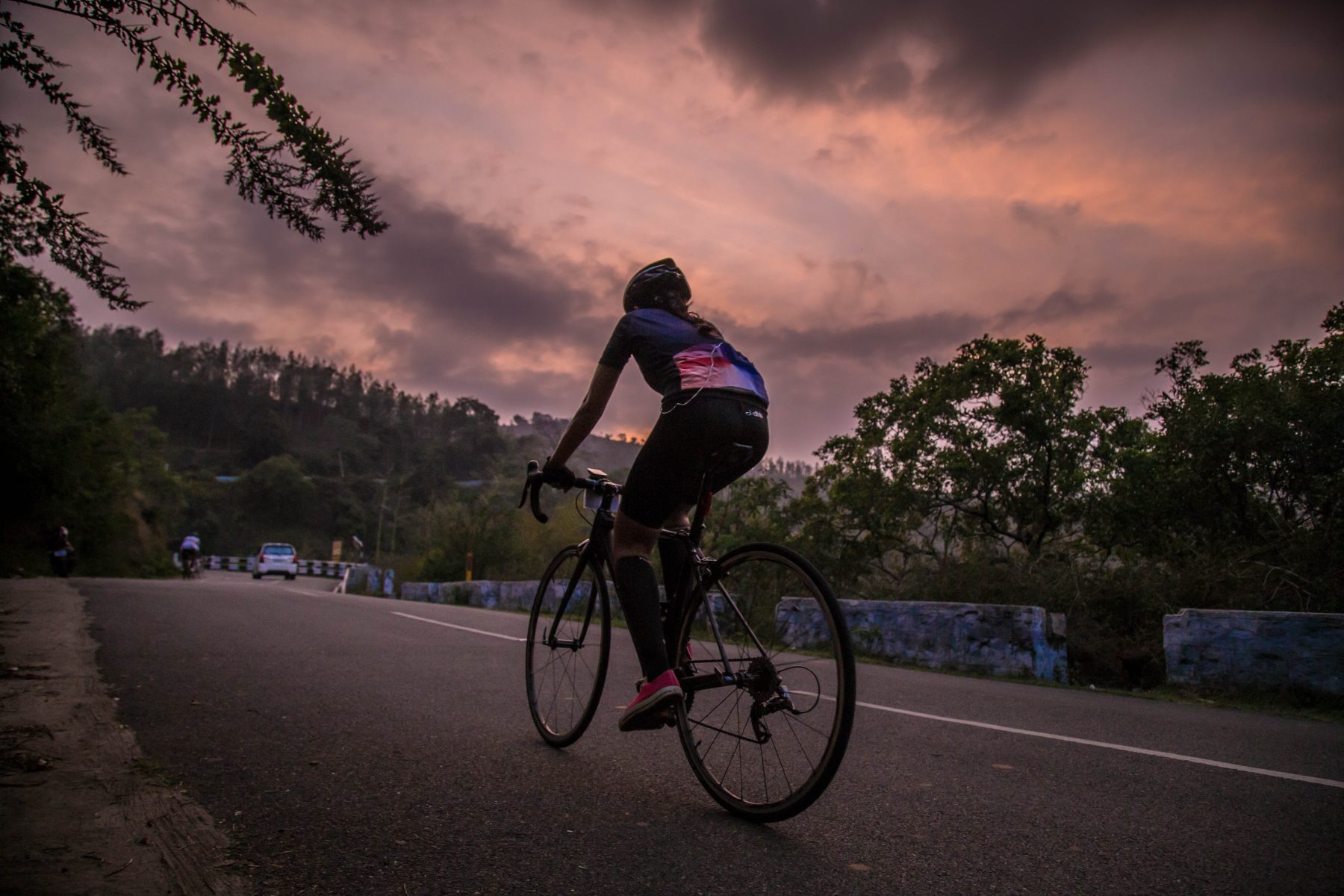
The solution is to use professional bike-fitting, allowing us to reach a new dimension in cycling and the joy of riding.
THE IMPROVEMENT METHOD: Do a bike fit and improve your riding comfort.
CONCLUSION – IMPROVING YOUR PERFORMANCE
The behaviors described above do not look terrible at first, but that is their nature. Many long-term changes in life depend on small habits every day. I heard somewhere that we shape our habits up to the age of 50, and then they shape us. Perhaps it is not too late to change them, and not only to improve the form on the bike but also (and perhaps above all) to improve the quality of everyday life.
